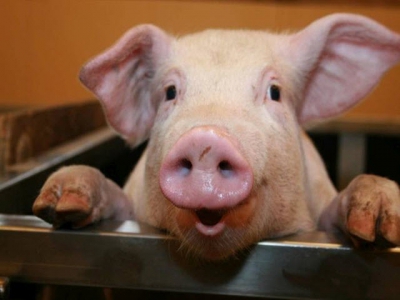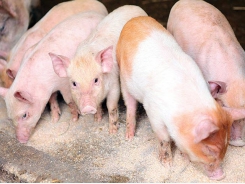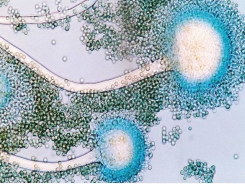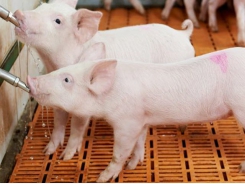How to evaluate extra weaning weight from a feed additive

How do we evaluate the return on investment in this issue exclusive to pigs?
I think it is past due my time to deal with something exclusive to pigs, and what a better topic than a discussion on how to evaluate feed additives that promise higher weaning weights. Let us suppose that a new additive comes up, and let us make it an expensive one, at 20 euros per metric ton of feed (or US$20 per imperial ton). The supplier now claims that, despite this apparent high investment up front, you will experience 500 grams extra on your current weaning weights, which at 21 days of age remains lamentably too low at 5.5 kg per piglet (enter here your reasons or otherwise you would not be looking at additives).
We must assume that the average sow consumes 6 kg feed per day for 21 days, which give us 6 grams per day of the said additive (as we need 1 kg/MT additive), for a total of 6x21=126 grams per lactation period, at a cost of 0.126x20=2.5 euros per sow per litter. Not an insignificant amount of money, especially if you have thousands of sows.
Now, let’s assume your pigs at weaning are indeed 500 grams heavier, just because of this new additive — and congratulations! How do we evaluate the return on investment? Indeed, there are many good ways that have to do with heavier weight at the exit of the nursery phase or even all the way to market age, lower mortality, better feed efficiency, reduced veterinary expenses and so on. But these calculations will have to wait until the pigs are 20-25 kg body weight, and these are still indexes, with little monetary value. We need a more tangible answer.
What I find as most acceptable is using the cost of piglet feed it would take to get these extra 500 grams post-weaning. Say a super high quality piglet feed costs 1 euro per kilogram. Assuming a 1:1 feed efficiency rate (I know, this is not entirely correct, but it is entirely practical as it errs to the side of the feed making it more difficult for the additive to prevail), we need 500 grams of this piglet feed to get those extra 500 grams of body weight. So, each piglet would need 0.5x1=0.5 euros of extra expense just for feed. Assuming the sow had a litter of only 10 piglets, this makes the expense for extra feed equal to 10x0.5=5 euros per sow. Now this is worse than the 2.5 euors we spent on the additive, so in this case, the additive wins and any additional benefits as described above can be considered a bonus.
In your own case, please enter your own numbers, but before you do so, you may want to ensure sure the additive really works!
Có thể bạn quan tâm
Phần mềm

Phối trộn thức ăn chăn nuôi

Pha dung dịch thủy canh

Định mức cho tôm ăn

Phối trộn phân bón NPK

Xác định tỷ lệ tôm sống

Chuyển đổi đơn vị phân bón

Xác định công suất sục khí

Chuyển đổi đơn vị tôm

Tính diện tích nhà kính

Tính thể tích ao hồ




 Tips for tackling issues in swine nutrition
Tips for tackling issues in swine nutrition  Researchers create algorithm to predict PEDV outbreaks
Researchers create algorithm to predict PEDV outbreaks